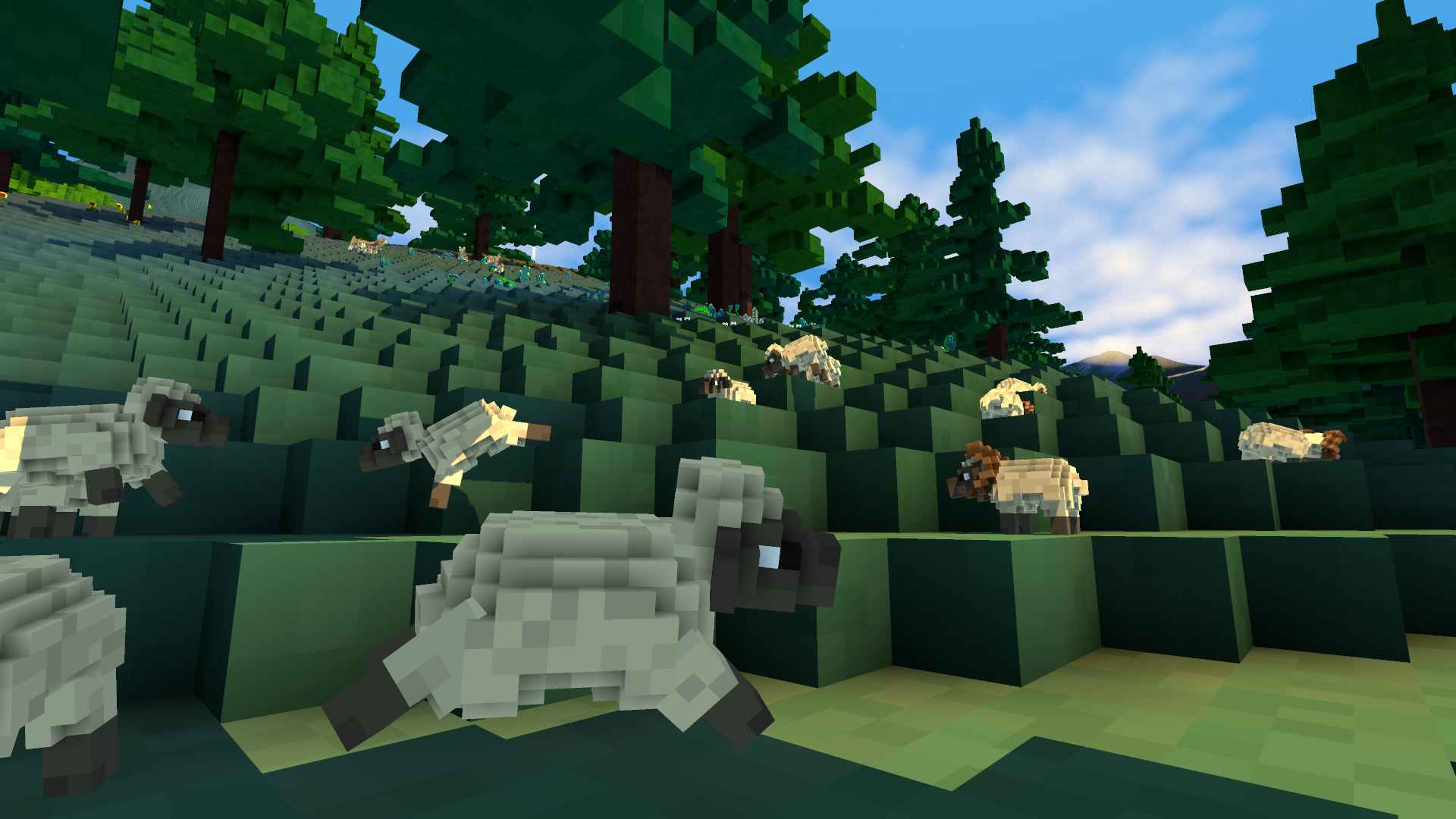This Week In Veloren 88

This week, we get a deep dive into the modelling process by @Gemu. A new edition of This Month in Rust Gamedev is out.
- AngelOnFira, TWiV Editor
Contributor Work
Thanks to this week's contributors, @xMAC94x, @XVar, @Sam, @pablosoler, @Pfau, and @Sharp!
The September edition of "This Month in Rust Gamedev" is out! Check it out here. @XVar has been working on inventory slot upgrades which will allow players to obtain and craft items that increase their number of inventory slots. @Pfau has been helping out with the UI for this. Work on the bag UI


Gemu
Hello! Gemu here from the assets & visual design team. I'm responsible for the majority of Veloren’s creature models so far. Even though I have no experience animating and coding, the modelling itself is more of my jam. The rest is done by other wonderful contributors such as @Snowram and @Slipped. In this section, I'll explain a bit about this process.
One important part of voxel modeling is the style you’re setting. Veloren has a semi-realistic style, while being slightly stylistic. Because of this, it’s fairly straightforward modeling non-fictional animals. When modelling animals, references are very important. Using references, modelling the animal is all about making directly what you see, rather than making what you know by heart.
To make the model stand out, recognising the unique traits of the animal and stressing those parts in the model will make the animal model stand out more, especially within the stylized limitations of voxels.
For fictional animals, there is no "correct" reference. Which means there’s an entire world of possibilities for these creatures! Aside from creating your entirely made-up creature, there are of course famous fantastical creatures that everyone likes to see. This includes dragons, trolls, golems, you name it. Treant by @Gemu
What’s most fun about modeling these is that you have to find the balance between recognisability and own interpretation. This can be done using the same method as for making real animals, by pinpointing their more characteristic property and experimenting on that aspect. A golem, being a man-made construct of stone, could look like a typical man-made stone structure such as a castle, for instance. From that point, it basically comes down to trial and error, until the model comes out close to what I had envisioned.
For the model to be functional, it is of course important that it fits the body rigging animations within the game, or the “skeletons” so to speak. There are various skeletons, such as that of various quadrupeds of various sizes, or bipedal creatures, for instance. While modeling, it’s important that the various individual body parts will fit corresponding ‘bones’ within the skeleton, to make the animation work.
Sticking to these separate bones, I model every body part individually, then piece them together to see if they fit well together. It’s good to keep in mind that for a quadruped to look good while running, there has to be enough space between the front and back legs, for instance. Raptor by @Gemu
As the creature will move and bend its body, body parts need proper attachment points to one another. If the attachment points between body parts are solely flat surfaces, jarring gaps might appear whenever the creature moves.
However, trial and error is prevalent within this branch as well, as we continuously find newer and cooler ways to animate the animals. Seeing the models come to life within the world of Veloren has been an amazing experience so far.
